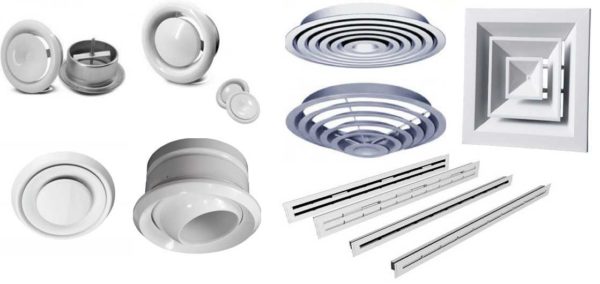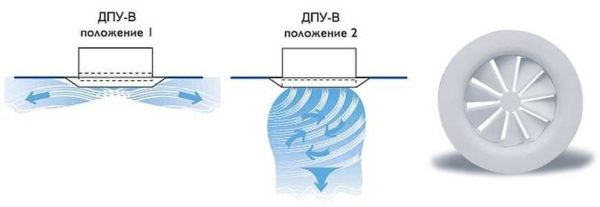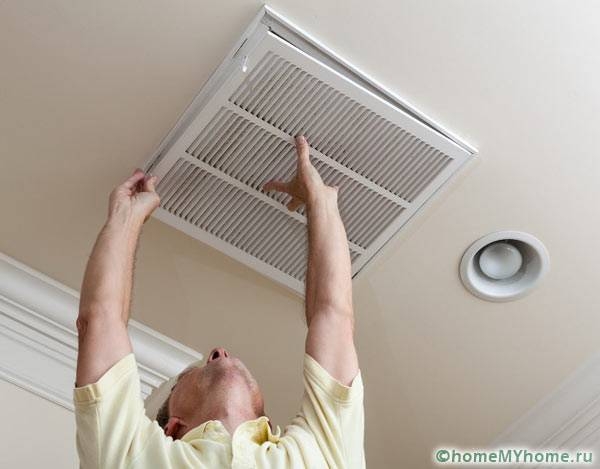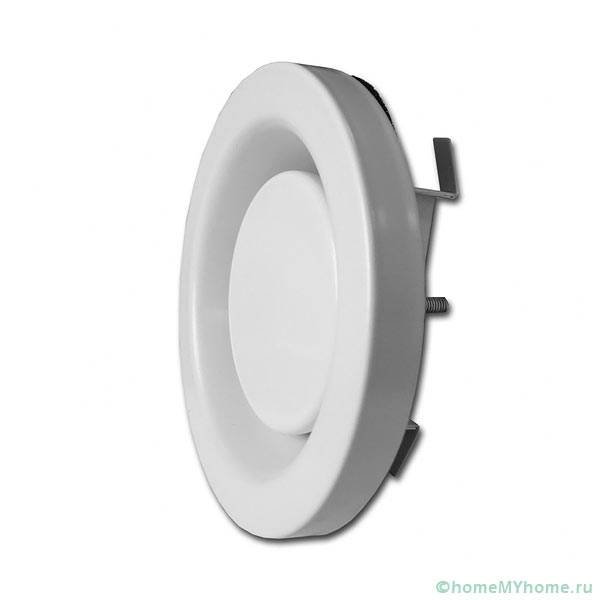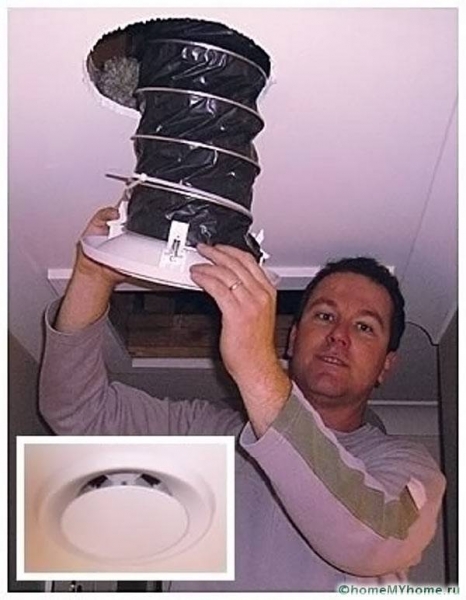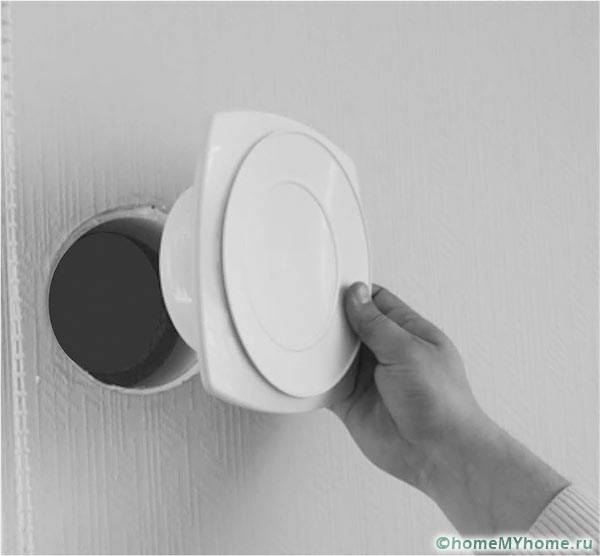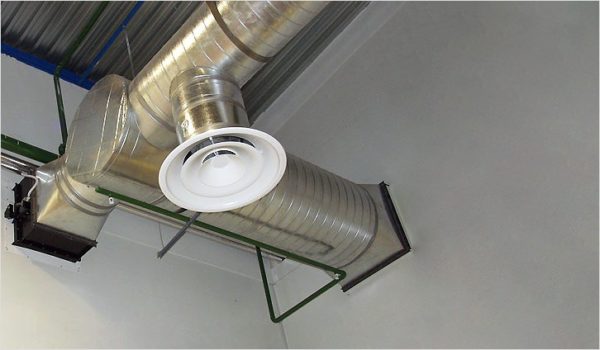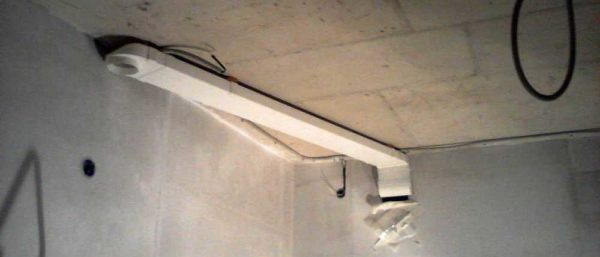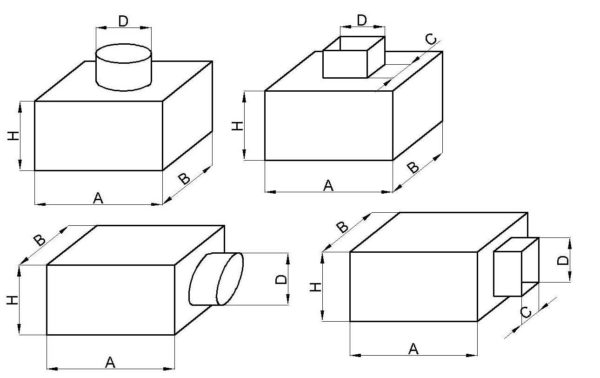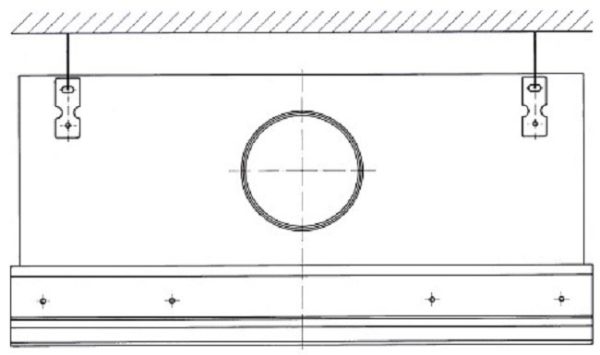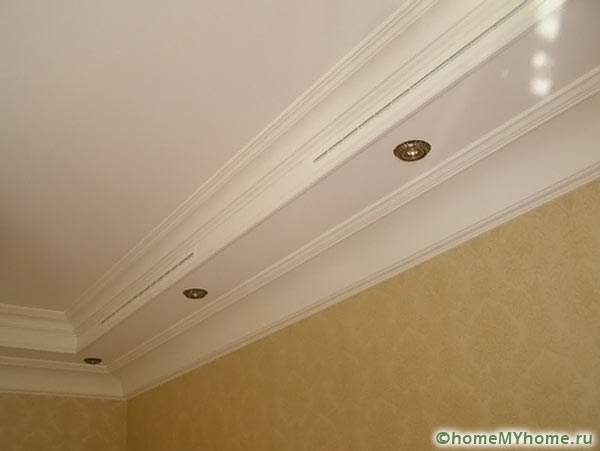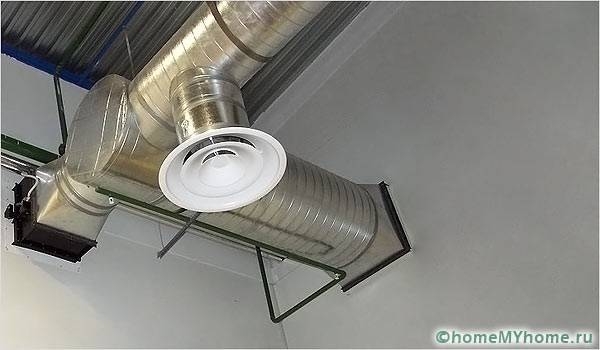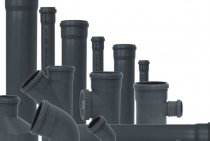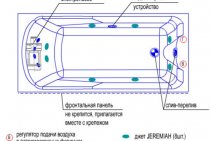Types of diffusers
In a store or company selling ventilation equipment, you will be offered a choice of a large number of diffusers of different appearance and materials. It is more or less easy to decide on materials - choose what you like best or what is best suited for operating conditions. If the ventilation ducts are made of metal, it is logical (although not necessary) to use metal grilles. They are galvanized, stainless steel, there are ordinary steel, but painted with powder paint.
If the ventilation ducts are made of plastic pipes, they fit better with plastic diffusers. Here, it seems, everything is clear. With the rest of the parameters a little more complicated, let's figure it out.
These are all diffusers.
Place of use
According to their purpose, diffusers are divided into:
- supply;
- exhaust;
- universal (supply and exhaust);
- combined.
The names speak for themselves: they are used in different parts of the ventilation system. Supply and exhaust differ in the direction and position of the lamellas and partitions. There is not too much difference, just some work better for air output, others for input. In principle, you can put the supply air on the hood or vice versa. The catastrophe will not happen, but the performance of the ventilation system may drop slightly. In private houses and apartments, the difference, due to low productivity, cannot be noticed. Tangible changes can only be in high-performance ventilation.
Universal diffusers pass air in both directions equally. So you can install them without hesitation. But, as usual, "station wagons" work a little worse than specially designed models.
This is how an adjustable supply diffuser works - it changes the direction and shape of the air flow
Explanations are needed only, perhaps, with combined models. They differ in that part of the device works for inflow, part for outflow. Accordingly, they are connected to different parts of the ventilation system. That is, you can install only one universal diffuser on the ceiling, and you will need to connect it to two branches - supply and exhaust. The connection method is described in each specific model, in general it makes no sense to talk about it.
materials
Diffusers are made from:
- plastics;
- aluminum;
- steel (plain or stainless).
In private houses and apartments, plastic is most often used. For this situation, this is the best option. At a relatively low price, they have excellent performance, long service life, easy maintenance, and are not subject to corrosion. They fit seamlessly with plastic air ducts, which are used more and more often in private homes.
Ceiling diffuser can be made of plastic, metal, with wooden elements
Metal diffusers are used in industrial premises where only non-combustible materials can be used. They cost significantly more, weigh more, which complicates installation.
There are also diffusers, the outer part of which (grille) is made of wood. Such devices will ideally fit into the interior of a wooden house.
Location
By location, diffusers are:
- ceiling;
- wall;
- floor.
According to the installation method, diffusers are ceiling (most), wall and floor
Most often you can see a ceiling diffuser. They are used in 95% of ventilation systems, both in supply and exhaust systems. Mainly because the air is mixed in the upper part of the room, without causing much discomfort to a person. And also because with the device of false ceilings it is easier to make a ventilation system, if it simply did not exist before.Most often, the devices are attached to the main ceiling, and a hole is cut out in the stretch / suspended ceiling, which is covered by the grille.
Sometimes forced ventilation is done through the basement. Then install floor diffusers. This phenomenon is very rare.
Wall diffusers are used even less often. There are not many situations. For example, in apartments after replacing windows with plastic ones. In this case, an influx of fresh air is needed and it can only be provided by making a hole in the wall and installing a diffuser. Or with a lack of fresh air inflow and unwillingness to build / reconstruct the supply system.
Further, he will talk about ceiling diffusers, since they are the majority, and all the others still need to be looked for - they are usually delivered to order.
Installation of diffusers
Ceiling diffuser installation
Installation of diffusers in a rigid channel (box)
Determine the dimensions and shape of the nest, then select the appropriate diffuser from the store. Insert the diffuser into the socket and gently push until you hear a click. Check if any edge of the diffuser protrudes above the surface of the wall or ceiling. If it protrudes, gently push it down to engage the latch.
Exhaust diffuser for installation in a round duct
Installing a diffuser in a soft channel (sleeve)
Pull the ventilation sleeve out of the duct and attach the diffuser to it
Then carefully insert the sleeve first into the channel, then the diffuser. When it reaches the stop, gently push it down to engage the latches.
Check if any edge protrudes above the wall surface. If it protrudes, gently push it in until the latch engages.
Installing a diffuser in a soft channel
Installing a diffuser in ductless exhaust ventilation (hole in the wall)
To install a diffuser, you must first mount the socket for it. It is advisable to use a ventilation pipe with a seat for installing this device as a nest. You can buy these pipes at any hardware store. Measure from the inside to the outside edge of the wall, then cut a piece of pipe the same length. Insert this piece into the hole and secure with mounting foam. When the foam is dry, cut it off and insert the diffuser as described above.
Installing a diffuser in ductless exhaust ventilation
Ceiling diffuser installation
There are two ways to connect diffusers to ventilation ducts: directly or through an adapter (plenum). The second option is more correct, but it requires a larger gap between the base and decorative ceiling.
If the shape and dimensions of the ceiling diffusers and ventilation pipes match
To connect the ceiling diffuser directly to the ventilation pipes (bends), a tee/splitter is placed in the ventilation pipe at the installation site. In the free - third - exit and put the device.
Cutting a hole directly in the pipe for its installation is the wrong decision. The body protrudes beyond the pipe, impeding the movement of air, the performance of the system drops, over time a dust plug is still formed, which can generally block the lumen. In general, this should be avoided.
It is necessary to select bends from the main pipe so that they can be conveniently connected to diffusers. It will not be difficult to connect a round diffuser to a round outlet from the duct, and a rectangular diffuser to a rectangular outlet
It is also important that their sizes match. This simple truth must be remembered when creating a system, choosing tees or making bends with the appropriate parameters.
If the shape and size match, installing a ceiling diffuser is not a problem
Diffusers of the same size are installed in the ventilation ducts by simply inserting them. Models that are small in size and weight can be fixed to the box with a sealant (silicone neutral). This is how models with a round base are usually attached.
For suspended ceilings of various types (plasterboard, plastic, Armstrong), a special fixing system has been developed - Clip in. It consists of spacers of the type that can be seen on recessed ceiling lights.
More massive square / rectangular models are attached to the walls of the box with self-tapping screws or suspended from the ceiling. The first option is simpler, but it is better not to use it, since dust collects on the protruding screw of the self-tapping screw. Unless the design provides for special protrusions for fasteners. Otherwise, over time, in the place where the self-tapping screw sticks out, a solid plug is formed that interferes with the passage of air.
Example of using an adapter - a round ceiling diffuser is connected to a rectangular ventilation duct
If the outlet is made of corrugated material or there is a desire to do everything “correctly”, heavy cases are suspended from the ceiling on studs or hangers.
Using Adapters
Adapters or plenums help to avoid such an unpleasant phenomenon as drafts. In this tank, there is a uniform redistribution of air, which flows evenly over the entire surface of the grate. But these devices have a significant drawback - they "steal" the height of the ceiling. Side connection models are smaller, but they still take up enough space.
Types of adapters for ventilation ceiling diffusers
Most often, a static pressure chamber is a parallelepiped, to the bottom of which a diffuser is attached. From above or side there is an exit for connection of a ventkanal. It can be of any required shape: circle, square, rectangle, oval.
There are adapters:
- With integrated rotary valve. If the diffuser model does not provide for adjustment, this can be done using an adapter.
- With removable filter. They also allow you to clean the incoming air.
- With airflow divider. This is a sheet of metal with a small cell. Mounted on powerful supply systems, it allows you to evenly distribute the air flow over the entire surface of the grille. .
Static pressure chambers for ventilation diffusers are made most often from galvanized steel. Sheet thickness - 0.5-0.8 mm. There are companies that will make the device according to your parameters. Also on sale there are standard adapters - for standard solutions. They can be made of steel (galvanized, stainless) or plastic.
Plastic adapters fit into corrugations or plastic air ducts
If necessary, the static pressure chamber is sheathed with insulation. This is necessary so that when the warm surface of the adapter and cold air interact, condensation does not fall on it.
One way to install an adapter for a ventilation diffuser
If the diffuser is connected via an adapter, the main task is to secure this device. If it is a suspended ceiling, you can mount the camera to the profiles. In the case of a stretch ceiling, you will have to hang it from the main ceiling. The methods are known: studs or perforated hangers.
What does a diffuser do
For effective ventilation of any room, it is necessary that the supplied air does not flow in a jet, but diverges in different directions. If the air enters in one jet, then drafts appear in the room, which negatively affect people with weak immunity. In addition, only a small section of the room is ventilated in the direction of the jet. To avoid this phenomenon, it is necessary to disperse the jet, forcing it to cover the entire room. This task is performed by diffusers for ventilation. Depending on the design model, they break the jet in various ways, the main ones being: dispersion and swirling.
How a diffuser works
This effect is no less important for ventilation of the exhaust type.The vent creates a vacuum, however, the more the direction of movement of air molecules relative to the direction of the channel changes, the less air enters it. Because of this, the bulk of the air flows parallel to the channel, that is, the same jet is formed.
Slot wall diffuser
Diffusers for exhaust ventilation work in the same way as devices that supply air, thanks to which the maximum area of \u200b\u200bthe room is ventilated. Devices that dissipate the flow do not allow the formation of a single jet, because the vacuum at their output is formed in different directions. Vortex devices also take air in a circle, which eliminates the formation of a single jet. All this leads to high-quality removal of air from the room. In addition, the diffuser of exhaust-type ventilation systems dissipates the incoming air flow.
Diffuser on the duct
Nozzle diffusers are designed to create a narrowly directed air flow. They are used if it is necessary to supply air over a long distance, but it is impossible to lay an air duct there. To some extent, diffusers can also include various grilles and shutters that protect ventilation from foreign objects and disperse the incoming or outgoing air flow. There are also diffusers that allow you to change the rate of supply or removal of air. This function is implemented using a mechanical drive.
False ceiling diffuser
